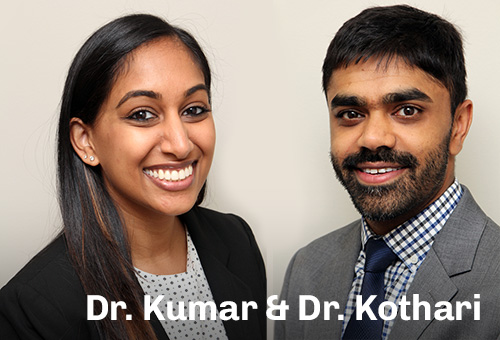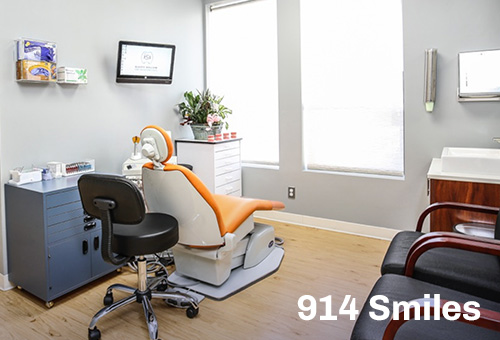
Dr. Rishi Kothari of Sleepy Hollow Orthodontics works every day with patients in Dobbs Ferry NY who are looking to fix their crooked teeth (malocclusions) and other orthodontic issues. An orthodontist is a qualified dentist who has undergone special training, similar to medical doctors that choose to specialize in fields such as neurology and endocrinology. Orthodontists also undergo extra years of university-based study, as well as gaining extensive experience in an orthodontics residency program.
What kind of problems do orthodontists treat?
Orthodontists help to correct patients’ dental malocclusions (an abnormality in the alignment of the upper and/or lower teeth). This includes underbites, overbites, crossbites, spaces between teeth, overcrowded teeth, and the treatment of temporomandibular joint (TMJ) disorders. Other problems with the function of the jaw should also be treated by an orthodontist.
Treatment Process A typical consultation with the professional orthodontics practitioners at Sleepy Hollow Orthodontics may include:
1. An analysis and diagnosis of each patient’s unique needs and outcome expectations.
2. A report on the issues presented by the patient and a discussion with the doctor about treatment options.
3. A treatment plan designed to correct the problems presented and to provide for the ongoing oral health of the patient.
4. A strategy of treatment that is affordable, comfortable, and convenient to the patient while ensuring a maximal treatment outcome.
5. A preliminary schedule to start treatment.
Malocclusion Treatments
A malocclusion refers to crooked or misaligned teeth. It is also a flaw in the relationship between the bottom and top dental arches. Some examples of malocclusions include crossbite, overbite, underbite, open bite, reverse bite, asymmetrical teeth, and impacted teeth. Three orthodontic techniques doctors use to treat malocclusions include:
• Fixed Appliances Fixed appliances are used in cases of malocclusion where precision is key. Appliances that are regularly used are braces, fixed space maintainers, or specially made fixed appliances. Although patients usually can eat normally with these appliances, Dr. Rishi Kothari advises patients in Dobbs Ferry NY to avoid some foods and drinks that may damage their appliance (candy, gum, soda).
• Removable Appliances Sleepy Hollow Orthodontics use, in some treatments, removable appliances like retainers, lip or cheek bumpers, splints, aligners (like Invisalign), palatal expanders and headgear. Removable appliances can be taken out of the patient’s mouth at any time, unlike fixed appliances. However, they should only be taken out when cleaning, eating, flossing, or if the doctor recommends that they be removed for activities like sports or playing an instrument.
• Orthognathic Surgery Also referred to as “corrective jaw surgery,” orthognathic surgery is used to correct conditions of the face and jaw; problems that cannot be easily treated with braces. These conditions may be related to other issues like sleep apnea, malocclusions, jaw- or teeth-growth problems, or issues in the structure or function of the jaw. This surgical process involves realigning the bones of the jaw and then keeping them held in place with plates or screws.
Dr. Kothari and the team at Sleepy Hollow Orthodontics are experts in orthodontics. If you have any questions pertaining to Invisalign, Invisalign Teen, braces and clear braces in Dobbs Ferry NY, 10522 zip code area, Sleepy Hollow NY, Irvington NY and Hawthorne NY or would like to schedule a complimentary consultation with Dr. Kothari contact Sleepy Hollow Orthodontics at: (914) 332-0900



